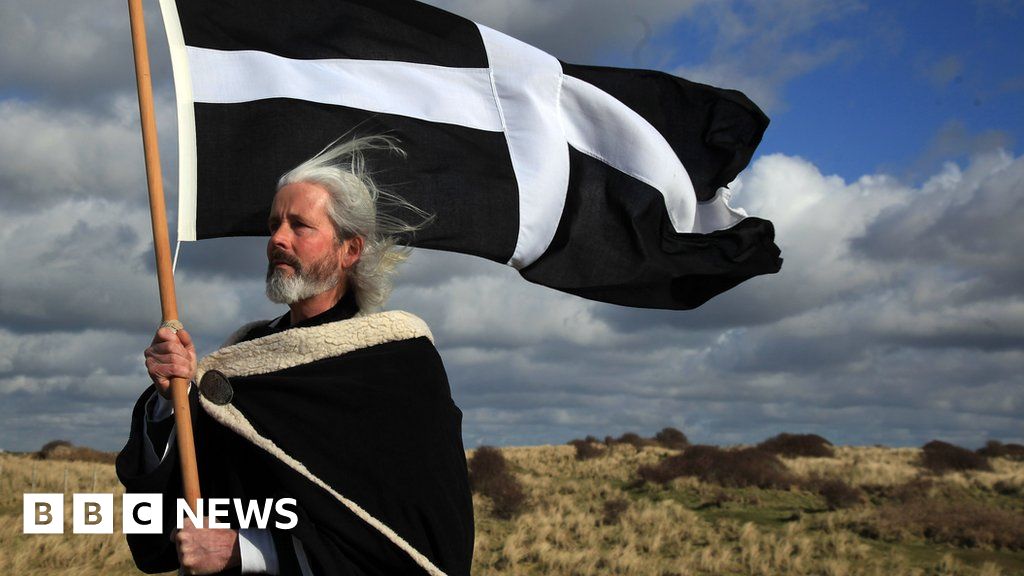So how was Saint Piran, an Irishman known for his indulgence, adopted as the figurehead for Cornwall? Writer and blogger on the subject of Cornish history, Elizabeth Dale, explains all.
The first thing to know about St Piran is he was something of an enigma. Having lived more than 1,000 years ago, records for the period are understandably scant to non-existent.
It is therefore very difficult to actually pin the real man down, to separate fact from legend, but in a way that seems only fitting. After all, saints were no ordinary beings, they did not lead ordinary lives - they were miraculous.
…
It is the circumstances of St Piran’s journey to Cornwall that is perhaps the most famous miracle attributed to him.
It is said when he was expelled from Ireland by an angry king he had been trying to convert to Christianity, St Piran was tied to a millstone and thrown into the sea.
However, rather than drown, he and the stone floated.
Legend has it he floated all the way from Ireland to the sands of what is now known as Perranporth on Cornwall’s north coast.
…
During his long life in Cornwall (some say he lived 200 years) St Piran became very popular with the locals.
Besides converting many of them to Christianity, he also had a reputation for celebrating his faith with feasting and merriment. But, perhaps most significantly for the Cornish people, legend has it that it was St Piran who showed them how to smelt tin.
…
St Piran is still considered the patron saint of tin miners and the conversion of the raw black ore to the white liquid tin also inspired the colours of Cornwall’s national flag, adopted circa 1838.
…
The story of St Piran’s death has cemented his reputation as something of a merrymaker, earning him a permanent place in the hearts and minds of the Cornish people.
One story has it that the saint was executed by Teudar (or Tador), a king of Cornwall, in 480.
However, the more popular version is that the rather ancient saint tripped and fell into a well after drinking one too many ales.
The supposed day of his death, 5 March, became Saint Piran’s Feast Day and was observed as a holiday in Cornwall well into the mid-18th Century.


